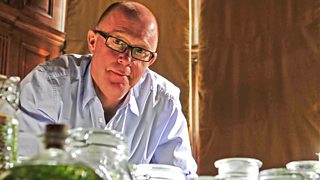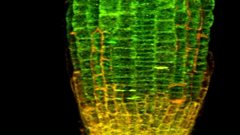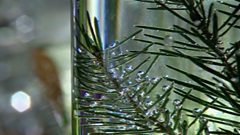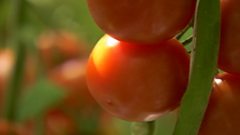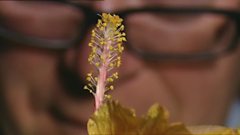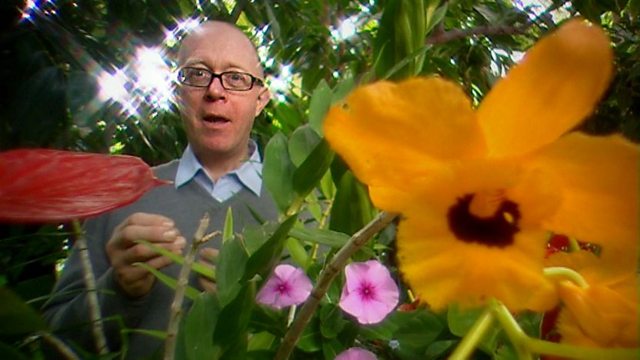
Botany: A Blooming History - an introduction
The air we breathe, and all the food we eat, is created from water, sunlight, carbon dioxide and a few minerals. That's it, nothing else. It sounds simple, but this process is one of the most fascinating and complicated in all of science. Without it there could be no life on earth. It's that important.
For centuries people believed that plants grew by eating soil. In the 17th century, pioneer botanists began to make the connection between the growth of a plant and the energy from the sun. They discovered how plants use water, sunlight and carbon dioxide to produce sugars - how, in fact, a plant grows.
The process of photosynthesis is still at the heart of scientific research today. Universities across the world are working hard to replicate in the lab what plants do with ruthless efficiency. Their goal is to produce a clean, limitless fuel and if they get it right it will change all our lives.
Duration:
This clip is from
More clips from Photosynthesis
-
![]()
How plants are adapted to survive
Duration: 02:47
-
![]()
Producton of oxygen in plants
Duration: 04:37
-
![]()
How commercial growers improve crop yield
Duration: 04:44
-
![]()
Van Helmont's experiments on plant growth
Duration: 03:48
More clips from Botany: A Blooming History
-
![]()
Muriel Wheldale and complex gene interactions—Hidden World
Duration: 03:32
-
![]()
How plants are adapted to survive—Photosynthesis
Duration: 02:47
-
![]()
Thomas Fairchild - speciation and evolution—A Confusion of Names
Duration: 06:43
